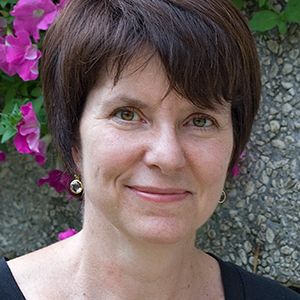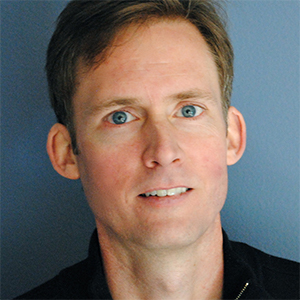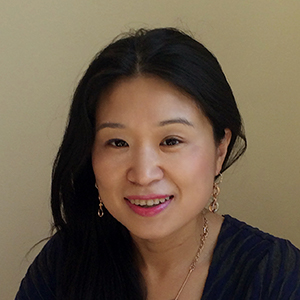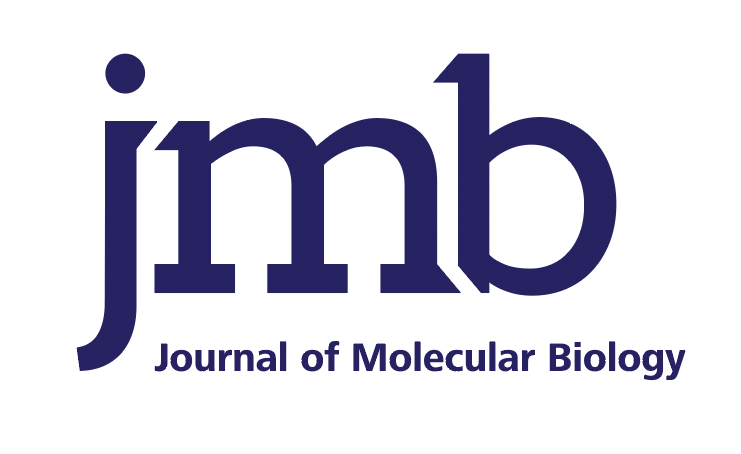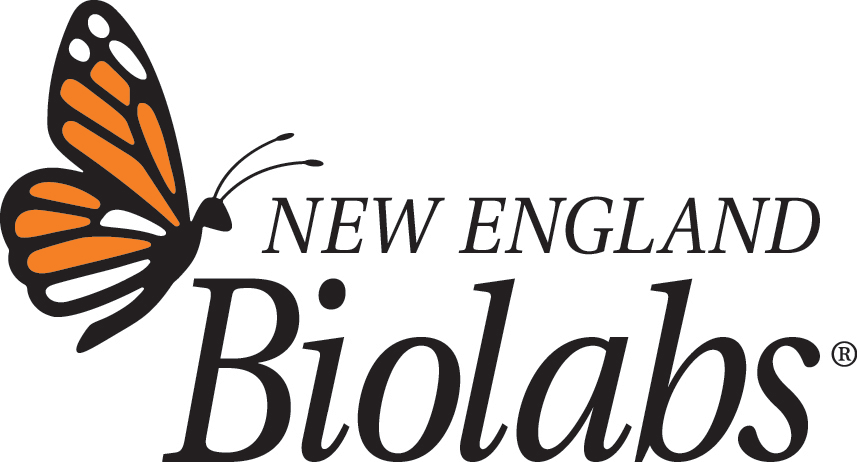Sept. 29 – Oct. 2, 2022 | Snowbird, Utah
Transcriptional Regulation
Chromatin and RNA Polymerase II
Transcriptional regulation: Chromatin and RNA polymerase II
Sept. 29 – Oct. 2, 2022 | Snowbird, Utah
Sessions will cover recent advances and new technologies in RNA polymerase II regulation, including the contributions of non-coding RNAs, enhancers and promoters, chromatin structure and post-translational modifications, molecular condensates, and other factors that regulate gene expression. Dr. Patrick Cramer of the Max Planck Institute will present the keynote address on the structure and function of transcription regulatory complexes.
The meeting is highly interactive and collaborative. Attendees will include principal investigators, postdoctoral fellows, students, and scientists from the pharmaceutical and biotech industries. Students and postdoctoral fellows are especially encouraged to attend and will be eligible for poster awards. Poster award winners will be given an opportunity to present their work as a short talk toward the end of the meeting.
Conference information
- Conference will begin around 5 p.m. on Sept. 29.
- Conference will conclude around 11 p.m. on Oct. 2.
- If you choose a room with us during the registration process your check-in date will be Thursday, Sept. 29 and your check-out date will be Monday, Oct. 3.
- There are only a few rooms available at the venue and rooms will be assigned on a first come first served basis.
Important dates
| Aug. 28 | Registration deadline |
|---|
Sponsors
Sponsorship opportunities
Become a sponsor of the ASBMB Transcriptional Regulation: Chromatin and RNA Polymerase II symposium. It’s the most effective way to reach key decision makers in the fields of transcription, chromatin biology, imaging, genomics and epigenetics.
What’s included
The full conference package includes:
- All scientific sessions, poster sessions and meeting materials.
- 4 nights lodging at Snowbird Ski & Summer Resort (arriving Sept. 29, departing Oct. 3).
- 1 complimentary tram ticket per attendee to use at their leisure during the meeting dates.
Note: Lodging is not included in commuter registration rates.
Registration changes
Registration changes will be accepted as space allows until Aug. 29, 2022, and can be made by contacting meetings@asbmb.org.
Cancellation policy
Cancellations received in writing on or before Aug. 29, 2022, are subject to a $100 processing fee. No refunds will be issued for cancellations after Aug. 29, due to final guarantee commitments. Email meetings@asbmb.org and attach a copy of your meeting registration receipt/paid invoice.
Important health and safety information
- As of Sept. 29, 2022, mask wearing is not required at the conference following local and state guidelines. We encourage attendees to wear a mask and should this policy change we will update attendees immediately via email.
- Each attendee will receive one KN95 mask in their conference bag at badge pickup.
- All attendees are required to show a proof of vaccination when checking in at the conference badge pickup desk onsite at the meeting. Badges must be worn during the duration of the conference.
- Registered attendees who do not show their proof of vaccination and don’t wear their badge will not be permitted to attend the meeting.
- Accepted COVID-19 vaccines as defined by the CDC and WHO.
- Vaccination proof accepted in forms of digital QR code, photo on phone, and physical copy of vaccination card.
- Prior to checking in, at least 24 hours in advance of badge pickup, we encourage attendees to perform their own rapid antigen tests. You should alert ASBMB staff if you test positive and/or experience COVID-19 symptoms before checking in onsite at the badge pickup desk and refrain from attending the meeting.
- Should you feel sick, show symptoms or test positive during the conference please alert ASBMB staff and refrain from attending the conference.
Speaker instructions
- Session room will be equipped with standard projection equipment which includes data projector, desktop computer and several adaptors — including HDMI cable, clicker, laser pointer — and a technician.
- Check in with the AV tech in the room at least 30 minutes prior to the session your talk is in.
- Bring your presentation on a readable USB flash drive. The AV tech will assist you in loading it onto the provided desktop computer.
- Bring your laptop and HDMI cord or adapters if you want to give your talk with your own computer.
- When preparing your presentation, please use standard fonts (e.g., Times New Roman, Arial, Helvetica, etc.). If you are using a font that is not standard it should be embedded into your PowerPoint presentation.
- Create your presentation using 16:9 aspect ratio.
- In the same folder as your presentation, include any external files that are used in the presentation, e.g. video files. Copy the entire folder to a USB flash drive.
- Test your presentation on a separate laptop to ensure that the fonts are standard and that components such as movies are included rather than linked in your presentation.
- Microphones in the session room are provided to ensure that everyone can clearly hear the presentations. Presenters should be mindful of those who are hard of hearing and always use the supplied microphones.
- If you choose to present with your own laptop you must provide your own adapter to HDMI connections.
Poster presenters
- Poster boards are 4’x8’ and the useable space is 45”x91”.
- Push pins will be provided.
- Poster presentations are scheduled on two days of the conference, Friday, Sept. 30, and Saturday, Oct. 1, from 8–10 p.m.
- Set up your poster between 7–8 a.m. the morning of your scheduled poster presentation date.
- Take down your poster at the conclusion of your poster presentation time slot.
- Posters that are left up after your poster presentation session will be discarded.
- Poster presentation dates and times cannot be switched.
Meeting location
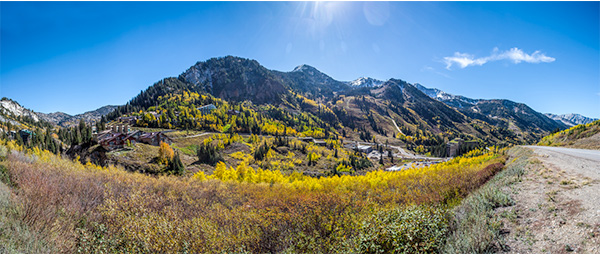
Snowbird Ski & Summer Resort
Highway 210, Little Cottonwood Canyon
Snowbird, UT, 84092
USA
1-800-232-9542
All meeting sessions and events are scheduled in the Cliff Lodge, Entry #4.
Snowbird Resort is now cashless. All points of sale at Snowbird restaurants, retail stores, lodging properties, the spa, summer activities, parking and valet are cashless. Snowbird is accepting credit, debit and mobile pay only. Reverse ATMs are available at no charge and are located at the Snowbird Center on Level 1 next to Wings and on Level 2 in the Snowbird Center lounge along with The Cliff Lodge lobby. Prepaid debit cards from the Reverse ATMs are accepted anywhere, not just Snowbird.
What is Snowbird's elevation?
Snowbird’s base elevation, at the Snowbird Center, is 8,100 feet. Snowbird’s highest point is at Hidden Peak, where the tram docks — a whopping 11,000 feet.
Some tips for acclimating to the higher elevation: stay hydrated, consume foods rich in potassium, limit salt intake and give yourself a break from strenuous exercise until you've had a chance to adjust.
Oktoberfest at Snowbird
On our free afternoon, enjoy Oktoberfest activities. See the event description and map.Getting to Snowbird
Closest airport
Salt Lake City International Airport (SLC) is approximately 40 minutes from Snowbird.
Airport shuttle service
It is the responsibility of each attendee to arrange for their transportation to the Snowbird resort from the airport and back to the airport from the Snowbird resort.
Canyon Transportation — provide your Snowbird housing confirmation when booking the shuttle.
800-453-3000 US toll free
00-800-4400-5511 International
Directions
From Salt Lake City International Airport
Take I-80 east to I-215 south. Take Exit 6 (6200 South) and go east on 6200 South, toward the mountains. This road will lead you straight to UT-210 and up Little Cottonwood Canyon to Snowbird.
From downtown Salt Lake City
Go west on 500 South to I-15 and head south. Exit at I-215 heading east. Get off at Exit 6 (6200 South) and go east on 6200 South, toward the mountains. This road will lead you straight to UT-210 and up Little Cottonwood Canyon to Snowbird.
From points South
Take I-15 north to Exit 295 (9000 South). Turn right onto 9000 South. This street becomes 9400 South, which takes you to the mouth of Little Cottonwood Canyon. Go right on UT-210. Six miles to Snowbird.
From Park City
Take UT-224 west and north to I-80. On I-80, head west toward the Salt Lake Valley. Take Exit 130 to I-215 south. Get off at Exit 6 (6200 South) and go east on 6200 South, toward the mountains. This road will lead you straight to UT-210 and up Little Cottonwood Canyon to Snowbird.
Program schedule
Thursday agenda
Badge pickup
Dinner
Welcome and opening remarks by organizers
Session I: Structure/function of transcription complexes
Session chair: Catherine Musselman
Welcome networking reception
Friday agenda
Badge pickup
Breakfast
Session II: Transcription factors
Session chair: Peter Verrijzer
Networking break
Session III: Transcription initiation
Session chair: Shannon Lauberth
Lunch
Session IV: RNA Pol II and post-translational modifications
Session chair: Stirling Churchman
Networking break
Session V: Transcription elongation
Session chair: Lucas Farnung
Dinner
Poster session I & reception
Saturday agenda
Badge pickup
Breakfast
Keynote lecture
Session VI: Enhancers
Session chair: Allesandro Gardini
Networking break
Session VII: Structure/function of transcription complexes II
Session chair: Courtney Hodges
Lunch on own with free time to explore Snowbird
Yoga
Dinner
Poster session II & reception
Sunday agenda
Breakfast
Session VIII: Chromatin, Pol II and non-coding RNA
Session chair: Laura Banaszynski
Networking break
Session IX: Imaging and emerging techniques
Session chair: Benjamin Sabari
Lunch
Session X: Chromatin organization and partitioning
Session chair: Katharine Diehl
Networking break
Session XI: Genome architecture
Session chair: Srinivas Ramachandran
Dinner
Poster prize winners announced
Poster prize oral presentations
Session XII: Disease and therapeutics
Session chair: Jason Watts
Closing remarks by organizers
Closing networking reception
Thursday agenda
Badge pickup
Opening remarks
Keynote I
Session I: Transcription factors and enhancers
Welcome networking reception
Friday agenda
Badge pickup
Session II: Structure and function of transcription complexes
Coffee break
Session III: Transcription regulation from 5'-ends to 3'-ends
Session IV: Chromatin, genome architecture and remodelers
Coffee break
Session V: Transcription dynamics, condensates and imaging
Explore Alexandria free time
Poster session I
Saturday agenda
Badge pickup
Sunrise session
Session VI: Chromatin, genome architecture and remodelers
Coffee break
Session VII: Transcription dynamics, condensates and imaging
Free afternoon
Poster session II
Sunday agenda
Badge pickup
Keynote II
Session VIII: Structure and function of transcription complexes
Coffee break
Session IX: Transcription, signaling and DNA repair
Session X: Transcription factors and enhancers
Coffee break
Session XI: Transcription regulation from 5'-ends to 3'-ends
Poster prize winners & oral presentations
Closing remarks
Closing networking reception
Sign up for email updates
Enter your email address below to receive updates about the Transcriptional regulation: Chromatin and RNA polymerase II conference.

